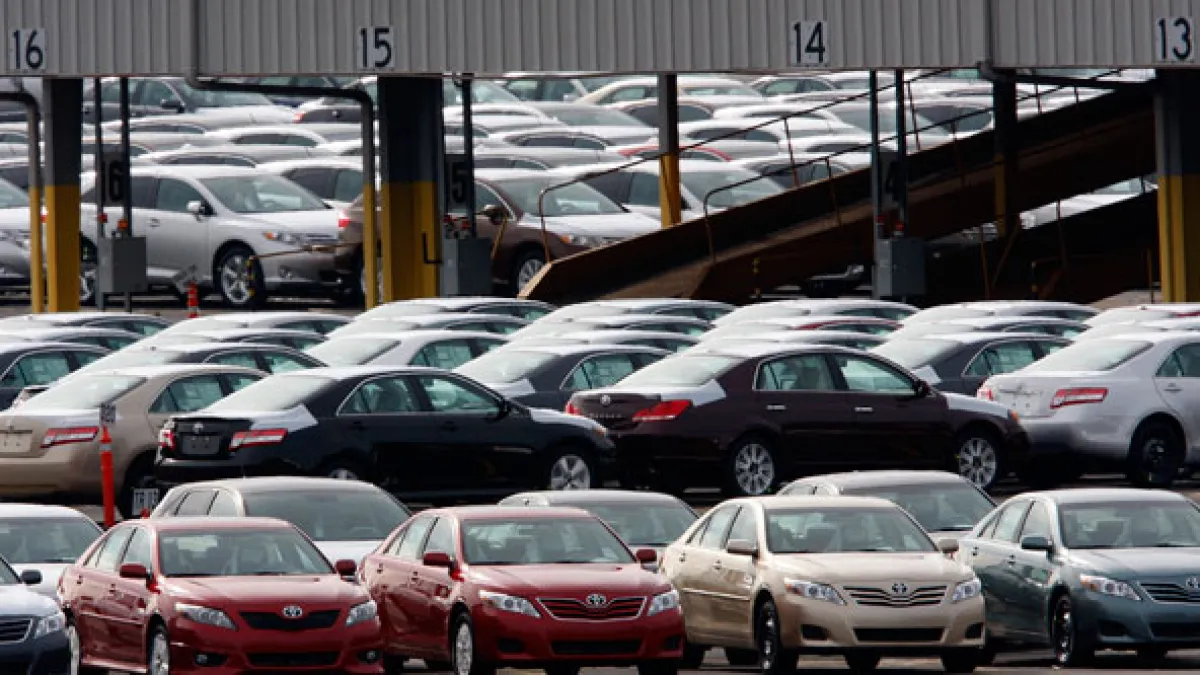
President Donald Trump announced late Tuesday that the U.S. and Japan have agreed to a framework on trade that includes a 15% tariff on Japanese imports and $550 billion of investment by Japanese firms in the U.S.
“We just completed a massive Deal with Japan, perhaps the largest Deal ever made,” Trump said with his typical bravado, writing on his social media platform. “There has never been anything like it.”
As is the case with other trade agreements Trump has announced, most of the details still need to be worked out. The overall framework includes the general tariff of 15% as well as the promised investment, which Trump said would operate “at my direction” and from which the U.S. would receive 90% of the profits – though no explanation of how that would work was provided. In addition, Trump said Japan has agreed to more completely open its markets to U.S.-made cars and trucks, as well as agricultural products, including rice.
Trump also claimed that Japan would pay the 15% tariff, once again mischaracterizing the nature of tariffs, which are taxes largely paid by U.S. importers and, ultimately, U.S consumers.
Just in time: Trump had threatened to impose a blanket 25% tariff on Japanese imports, in addition to the 50% tariffs on specific products such as steel, to take effect on August 1.
Treasury Secretary Scott Bessent told Bloomberg News that Japan won the lower tariff rate with an “innovative financing mechanism” for making new investments in the U.S. Commerce Secretary Howard Lutnick said the investment pledge could serve as a model for the European Union, which is hoping to reach an agreement for tariffs below the threatened 25% level.
Detroit not happy: U.S. automakers slammed the agreement, even as shares in Japanese automakers such as Honda and Toyota rose sharply in relief Wednesday. The U.S. firms said Japanese manufacturers will now pay a lower tariff on imports that have no U.S.-made components than U.S. firms will pay on vehicles produced in Canada and Mexico with a high percentage of U.S.-made components.
“Any deal that charges a lower tariff for Japanese imports with virtually no U.S. content than the tariff imposed on North American-built vehicles with high U.S. content is a bad deal for U.S. industry and U.S. auto workers,” said Matt Blunt of the American Automotive Policy Council, which represents GM, Ford and Stellantis.
Analysts at Citibank saw some positive news in the announcement, but agreed that it is not good for U.S. producers. “The Japanese deal at least highlights that some mitigation on 25% … U.S. auto tariffs is possible,” Citi analysts said in a note, per The Wall Street Journal, adding that the 25% tariff U.S. automakers will have to pay on imports from Canada and Mexico puts them at a disadvantage.
Competitors from other nations also expressed disappointment, with Japanese autos now getting more favorable terms than autos imported from South Korea and Europe.